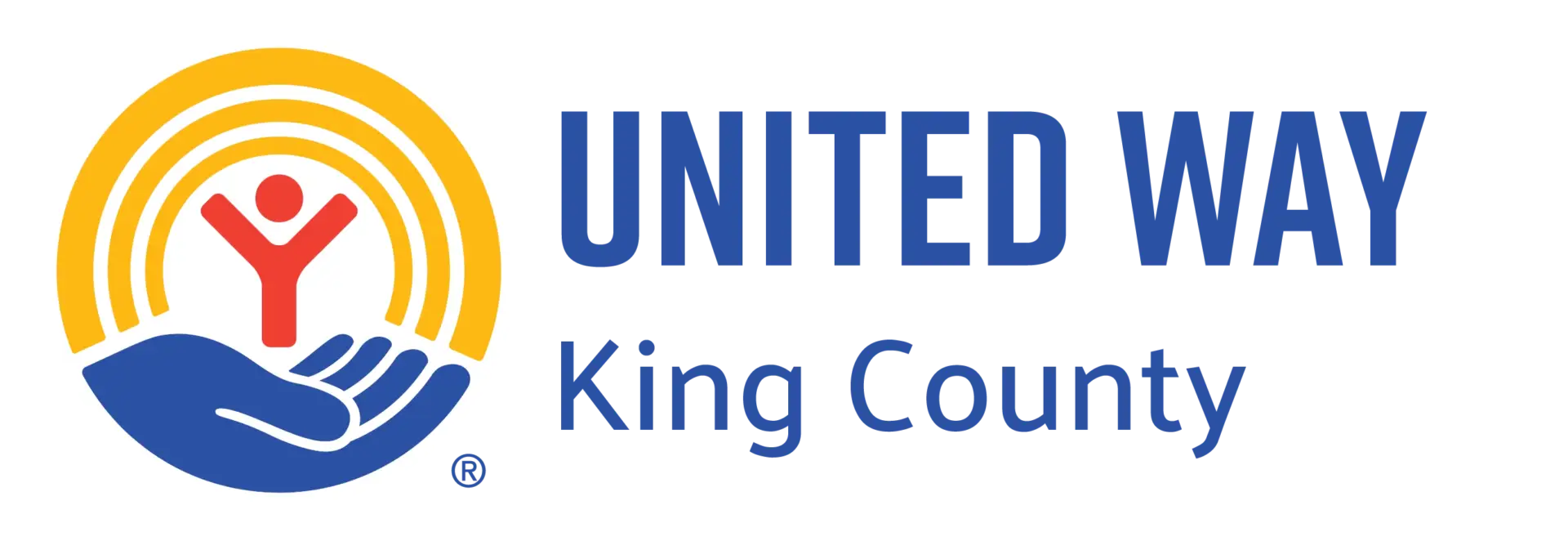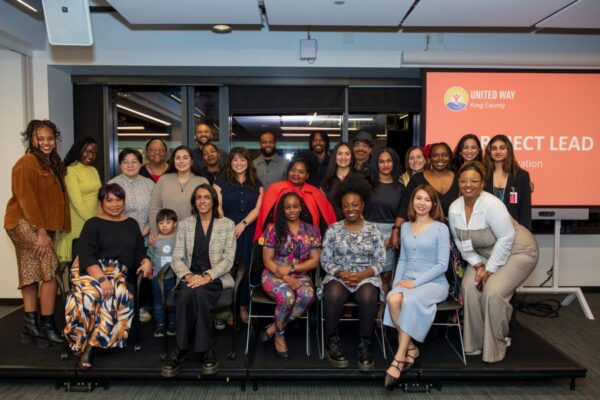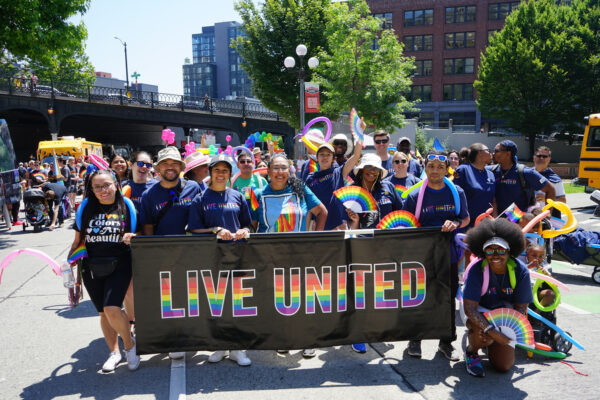Opioid Crisis Requires More Resources
The opioid crisis and lack of mental health services in our community are wreaking havoc on our city. In 2018, Seattle saw a record high number of confirmed overdose deaths at 397. People suffering with serious mental health problems often have nowhere to go—there are just 729 public psychiatric beds in all of Washington (a 40% decrease in less than a decade).
And yet, recent coverage from KOMO 4 news with the not-so-neutral-name of “Seattle is Dying” conflates this situation with homelessness. It’s true that we have two crisis—opioid addiction and homelessness—but the two should not be conflated. When you tell the story of ‘all homeless people are drug addicted’, it’s irresponsible and not true.
The number is different, depending on how you look at it, but none of them add up to the oversimplified story of ‘homelessness = drug addicted’. The Point In Time Count shows that 38% of people struggling with homelessness have an addiction – and even fewer (1 out of 5) cite it as the reason that they’re homeless.
The result? An exhausted public that can somehow dismiss the homelessness crisis as ‘not something I need to worry about’. A public that assigns some sort of ‘worth’ to people suffering—an addict somehow not as worthy of help as someone who is ‘down on his luck’.
As we grapple with this concept of connecting the two issues, some questions have come up:
Why doesn’t United Way invest in solving the problem of addiction and mental health? The answer comes down to money. We know we can do the most good when we are laser-focused with our investments (last year we invested about $6 million). United Way has been intentional in our investments to help people increase their income and find housing.
Who is working on this issue of mental health and addiction?
King County leads efforts to coordinate and provide mental health and substance use disorder services. They are doing good work but don’t have enough resources.
Is anything working? Yes, we’re seeing this progress in our community:
- Medically treated addiction programs (MAT). There is plenty of evidence that shows medically treated addiction programs work. These programs provide a safe and controlled level of medication to overcome the abuse of opioids – and there are about 30 providers in King County who serve the most vulnerable. Evergreen Treatment Services, Catholic Community Services and Downtown Emergency Services Center are all grantees that we invest for housing – that are also working on mental health issues and substance abuse.
- Law Enforcement Assisted Diversion (LEAD). The Seattle area was the first to pilot this approach in 2011 and it’s now in place in 20 cities across the country. It offers hand-picked participants individualized alternatives to arrest, from inpatient drug treatment and educational opportunities to housing assistance and microloans. LEAD was funded by private foundations.
- Permanent Supportive Housing. This is a proven approach for people experiencing long-term homelessness; it pairs housing with case management and supportive services. It’s called ‘housing first’, because, well . . . it puts housing first, at the front of the solution. With permanent supportive housing, people no longer need to prove their sobriety in order to get into housing. What was once a controversial approach has now been proven over and over – people are less likely to keep using when they become housed.
Is there a coordinated effort? Absolutely. Just because United Way isn’t investing donor dollars to tackle the issue of addiction and mental health, doesn’t meant that we don’t pay attention to it. For the last several years, we’ve participated in a joint ‘request for proposal’ process, where the city, county and other major funders call for applications from nonprofits to address certain issues. The nonprofit applies and all the funders work together to review their applications, ensuring that if it does get funded, they’re working together to make it the most efficient and effective partnership.
What sort of accountability is there? All of the funding decisions we make—as well as the city and county—are performance based. Meaning, payment is tied to specific outcomes—if these outcomes aren’t realized, funding is stopped. By aligning funding with best practices and performance based contracting, our community is helping more people exit homelessness each year.
Is any progress being made around homelessness? More people are being housed, but as a community, we have not been able to keep up with the number of people falling into homelessness. So, the net number of people on the street has increased. That said, recent wins include:
- Homelessness among youth under the age of 18 was down 22% from 2017 to 2018.
- Homelessness among veterans was reduced by 31% from 2017 to 2018.
- More people are being connected with housing year after year. All Home cites 4,237 individuals being housed in 2014 and 7,118 housed in 2017.
Real solutions come from a whole community, working together toward a region-wide, coordinated plan that includes healthcare, criminal justice, social services, and affordable homes. We’ll get there by working together and approaching the problem with proven solutions.





Comments